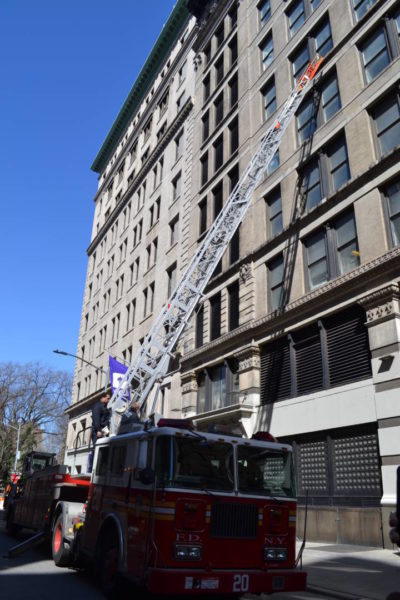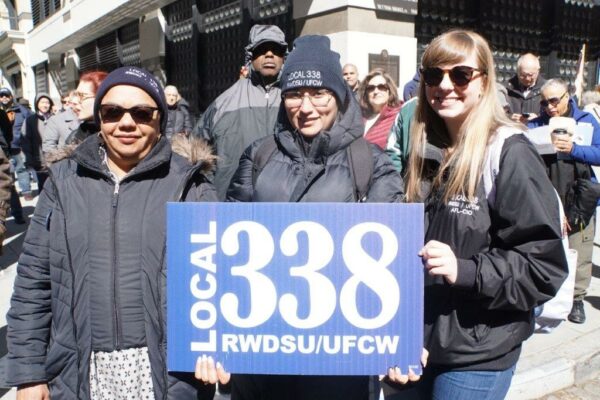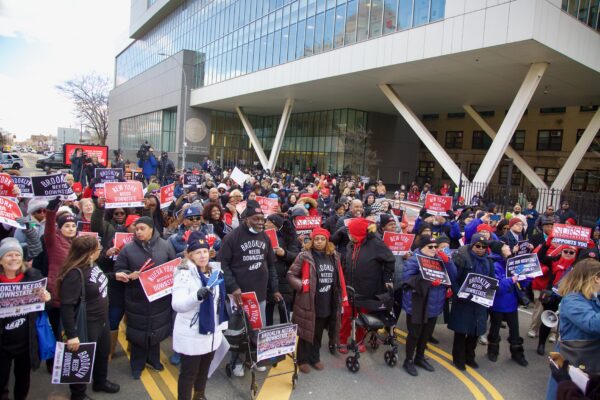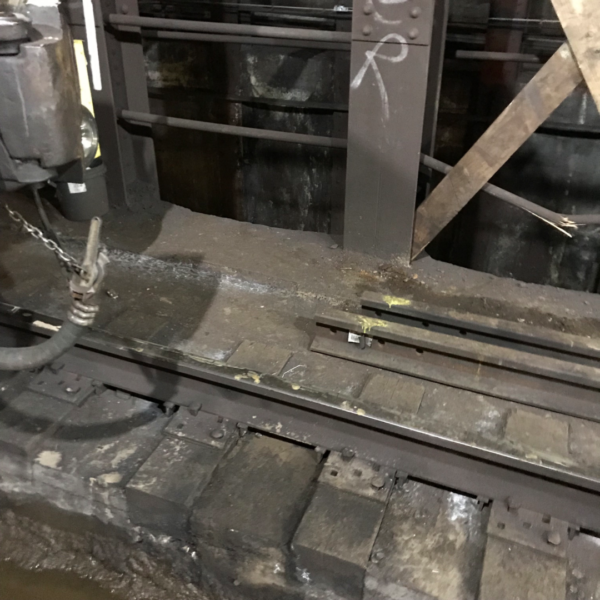
Report Finds Hospitals are Padding Bills, Saddling Patients
The Wall Street Journal reported this week that hospitals are adding billions of dollars in facility fees to patient bills, even when patients don’t set foot in a hospital. “Once

The Wall Street Journal reported this week that hospitals are adding billions of dollars in facility fees to patient bills, even when patients don’t set foot in a hospital. “Once

Six construction workers working filling potholes on the Francis Scott Key Bridge in Baltimore are missing and now presumed dead, after a collision on March 26 that sent them and

Monday, March 25, the 113th anniversary of the Triangle Fire was commemorated at the site where the tragedy took place on that day. 146 workers, mostly young women, died as

Several months after advocates unveiled a permanent memorial to the Triangle Shirtwaist Factory Fire, the annual ceremony marking the date of one of the nation’s most deadly and consequential industrial

A new survey has found that 60% of U.S. registered voters have a favorable opinion of high-speed rail, a transportation system that is currently expanding, notably in California. Over 30

During Women’s History Month, it’s a good time to focus on both celebrating gains, noting losses, and marking inequities for women. In New York, women workers are still stuck in

SUNY’s faculty and staff union bolstered the fight against a plan to reduce or potentially close and transfer services at the existing SUNY Downstate’s University Hospital in East Flatbush on

The Metropolitan Transportation Authority celebrated National Transit Employee Appreciation Day on Monday by sending out its executives to spend time with the system’s transit workers and highlight some exceptional employees.

Though the recent wave of unionization has spurred investors to call on Starbucks and Amazon to respect workers’ rights, these attitudes have not always been popular. Amalgamated Bank, however, is

Today, it’s difficult to imagine ten-year-old children working sixteen hours a day in dangerous conditions such as mines or textile mills with limited regulations, but in the nineteenth century, this